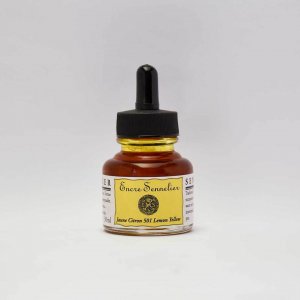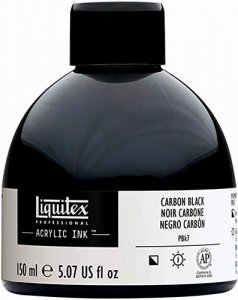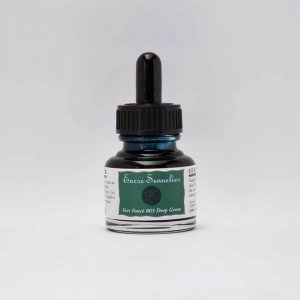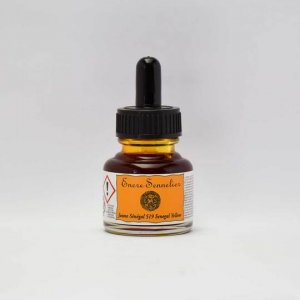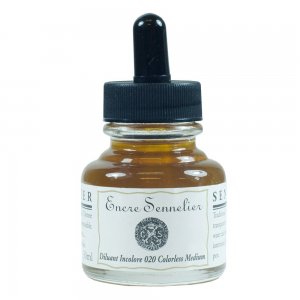Description
"When cobalt was identified as an element in 1755 the first of the modern cobalt pigments to be developed was cobalt green in 1780 by the Swedish chemist Sven Rinmann. It was a relatively weak pigment and its only use is for artists colours. Cobalt Blue was developed in 1802 by Th??nard in France. During the 19th century at least two varieties of cobalt violet became available and a yellow, and then in the 20th century the much improved new cobalt greens, cerulean, and turquoise cobalt pigments were developed. Cobalt pigments have a reputation for resistance to light that puts them amongst the most permanent pigments known.
Like its closely related cousin, Cerulean Blue PB36, Cobalt Turquoise is a compound of cobalt and chromium. it is related to the chromium colouring agent that gives emeralds their beautiful green colour. The pigment is made in several different shades from a very greenish turquoise to the darker and more blue shade used by Matisse. It is valued particularly by maritime painters since seawater so often exhibits these sorts of greenish blue colours and the deep blue shade of Cobalt Turquoise is very similar to the colours in the deep ocean. Matisse Cobalt Turquoise is also particularly good for the landscape artist. The colour is very adaptable to the blue greens of eucalyptus leaves and for distant hills. Portrait and figure artists also like these sort of colour since these sorts of colours are often found in textiles and other man made objects.
It is interesting to contrast this colour with Southern Ocean Blue which is a much darker and greener turquoise colour. Both colours are very complimentary with each other and in any mixture with a given colour they alternate in which is the better choice. For example mixing both with Unbleached Titanium gives the most wonderful soft blue greys that are found in stormy clouds and in the water while the same mixture using Southern Ocean Blue gives a colour much less commonly seen. On the other hand when mixing with Cobalt Teal the Cobalt Turquoise gives some beautiful mid turquoise colours but is in the mixture with Southern Ocean Blue that is found the full dynamic range of ocean colours instantly recognisable as the colours often seen in the background behind scuba divers and ocean fish. Over all, in the comparison between Cobalt Turquoise and Southern Ocean Blue it should be noted that Cobalt Turquoise makes softer more mid tone colours while Southern Ocean Blue is more dynamic, darker, and makes brighter colours.
Cobalt Turquoise is very useful for the landscape painter. The mixture with Unbleached Titanium makes the sort of soft blues that are common in many skies, especially toward the end of the day. Mixed with Australian Salmon Gum it makes the sort of dusky greys found in weathered wood and on the trunks of many gum trees. It makes a soft natural green mixed with Transparent Yellow Oxide and an interesting green like sun on leaves when mixed with Iso Yellow. With Cadmium Yellow it makes lovely bright sap green sorts of colours. It always pays to experiment with colours especially since so many of our modern pigments are not on the traditional lists of how to mix colours since they are based more on old master recipes and obvious choices. That is why a light orange can often be a good choice for mixing a green even though we don???t think of orange as a green making colour. The same is true of a colour like Cobalt Turquoise. It is not the first colour most people think of when making violets and yet Cobalt Turquoise mixed with Matisse Rose Madder makes very beautiful violet colours that have a wonderful softness about them. Matisse Cobalt Turquoise is a colour full of wonderful surprises for the artist.
"


